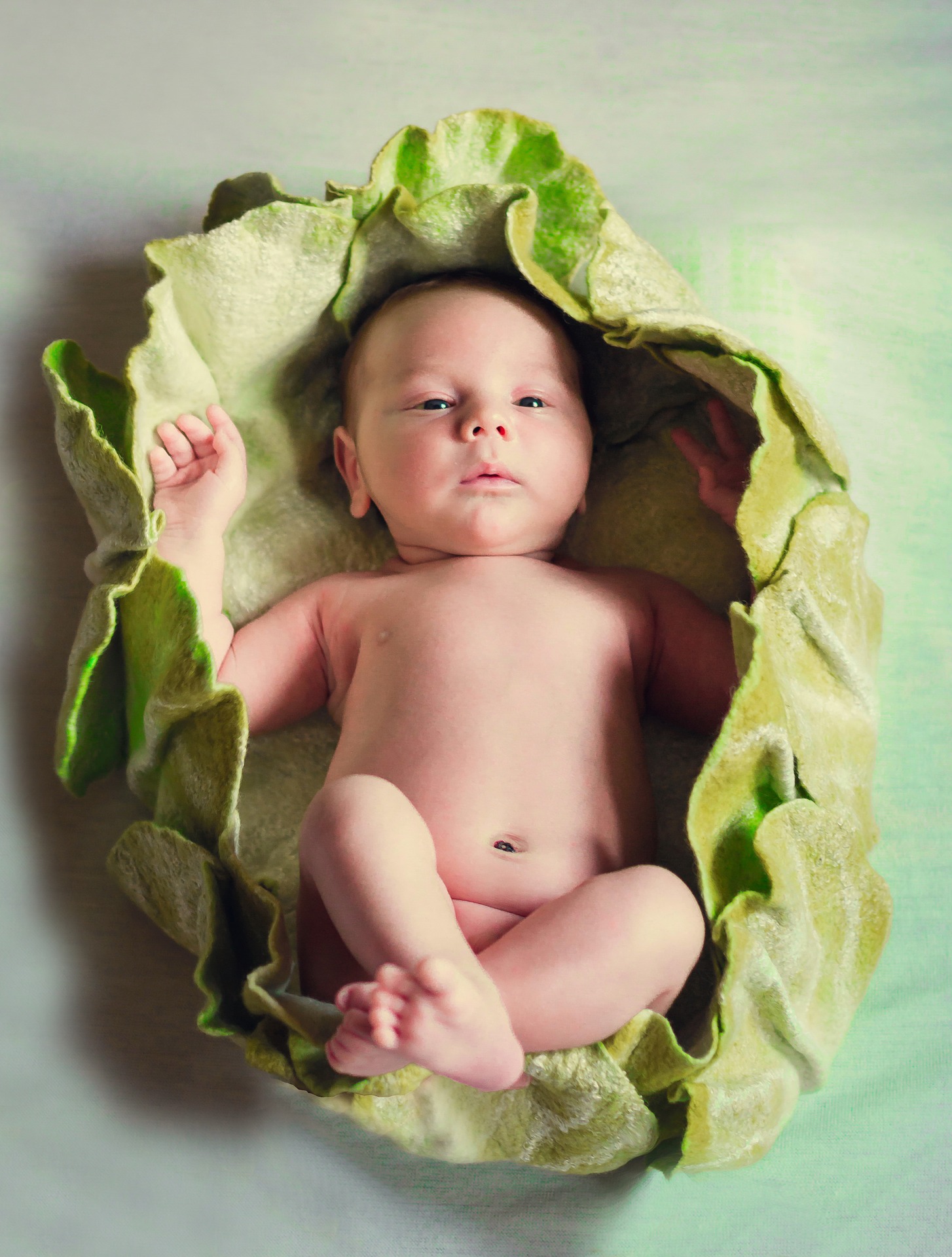Table of Content
- Peppermint essential oil – slows milk production
- Other Causes of Engorgement
- Use natural medicine to relieve hard lumps and pain
- Career
- Pregnancy
- Postnatal Infections - Causes, Symptoms, and Treatment
- Breastfeeding your newborn — what to expect in the early weeks
- For more information about breast-feeding, try the following links:
However, this process can occasionally get out of whack, particularly when your supply is just getting established. And producing too much milk, or hyperlactation, can cause engorgement. Even when you can nurse or pump, there may be a change that leads to engorgement.
Your baby isn’t latching correctly and fully emptying the breast. Your milk is transitioning from colostrum to mature breast milk. You skip pumping sessions or forget to pump when you’re away from your baby.
Peppermint essential oil – slows milk production
I only include it on the list because I’ve heard a lot of people swear by it. Next, wash the cabbage leaf and use a blunt kitchen tool to gently smash the veins in the leaf. Then line your bra cup with the cold cabbage and sigh in relief. An option for breast massage when you’re on the go is to line your bra with plenty of paper towels or breast pads and massage through your bra. Excess stimulation (for example, don’t direct a shower spray directly on the breasts).

This practice has stopped due to blood clotting risks. In a small study in 2003 of 8 lactating women, a single 60-milligram dose of the cold medicine pseudoephedrine was shown to significantly reduce milk production. Do this sparingly so you don’t continue to stimulate production. Weaning gradually is recommended, but it may not always be feasible. That said, abrupt weaning may be uncomfortable and lead to infection or other medical issues.
Other Causes of Engorgement
Pain and engorgement tend to be at their worst during the first 1 to 5 days after nursing ends, though you can lessen your pain by weaning slowly or using a pump. Breast engorgement is swelling and inflammation that occurs in your breasts because of increased blood flow and milk supply. In the days and weeks after giving birth, your body will begin to produce milk. Breast engorgement is breast swelling that results in painful, tender breasts. It’s caused by an increase in blood flow and milk supply in your breasts, and it occurs in the first days after childbirth. Moist warmth for a few minutes before nursing may help the milk begin to flow (but will not help with the edema/swelling of engorgement).

Re-apply your compress throughout the day, as needed. If you’re too quick to stop nursing, your weaning plan may backfire. Slowly wean your child so your body can adjust to the decreased need. I found this out the hard way when I decided to enjoy drinking peppermint tea and then lost my milk supply quickly. My body was very sensitive to it and it took me many weeks of extra pumping to get it back. Weaning is a fact of life, but pain and engorgement don’t have to be.
Use natural medicine to relieve hard lumps and pain
Finally, try to avoid any extra stimulation to your breasts, which will cause them to produce more milk, which is the last thing you want during weaning. It's not a cure, but numbing the tender area will provide temporary relief from pain caused by breast-feeding. Always begin feeding the baby on the sorest breast or the one that seems to be the fullest. Keep switching and burping every five minutes until he is through feeding.
If you develop a fever or a red, warm spot on your breast, talk to a healthcare provider or lactation consultant. They can determine if your engorgement has progressed to an infection. Cold cabbage leaves, cold compresses, or ice packs can relieve the inflammation and pain of swollen engorged breasts.
Whether it is primary or secondary engorgement if excess milk flows out of breast it makes it softer and also easy for the baby to suckle. You can express few times in a day depending on the intensity of fullness. These work as useful home remedies for engorgement. It's normal for your breasts to feel different after your baby is born.
You could also hold the pack to the affected breast with your hand. Keep the pack in place for a while until you feel some relief. Another option is to apply a compress in the form of a washcloth soaked in cold water after a bath or shower.
You may wonder if restricting fluid intake may have the opposite effect. Some people see their milk dry up after just one dose of medication. However, at doses of more than 200mg per day, vitamin B-6 can cause a loss of feeling in the arms and legs.
Your also can massage your breast as your baby nurses to help relieve tightness and remove more milk. Milk fever is another name for breast engorgement during the first week or so after breastfeeding because engorgement can cause fever and an overall run-down feeling. If you experience this, continue to breastfeed, as that is the best way to relieve symptoms. That said, a fever could also be a sign of a breast infection called mastitis or another illness. Consult a healthcare provider to ensure you have the correct diagnosis.
If you’ve decided not to breastfeed, you may still experience breast engorgement. It can happen in the first few days after delivery. Your body will make milk, but if you don’t express it or nurse, the milk production will eventually stop. Many times, engorged breasts will leak in a hot shower with no help from you at all.
Your body will continue to make milk for several weeks after weaning, which sometimes pools in the milk ducts, leading to a plugged duct. After discontinuing breastfeeding, it is not uncommon to experience pain in your breasts for several days or longer. Engorgement, plugged ducts and mastitis are painful complications of weaning, especially abrupt weaning. Fortunately, breast pain after weaning is preventable by slowly weaning your baby, and it is treatable with home care and medications.

No comments:
Post a Comment